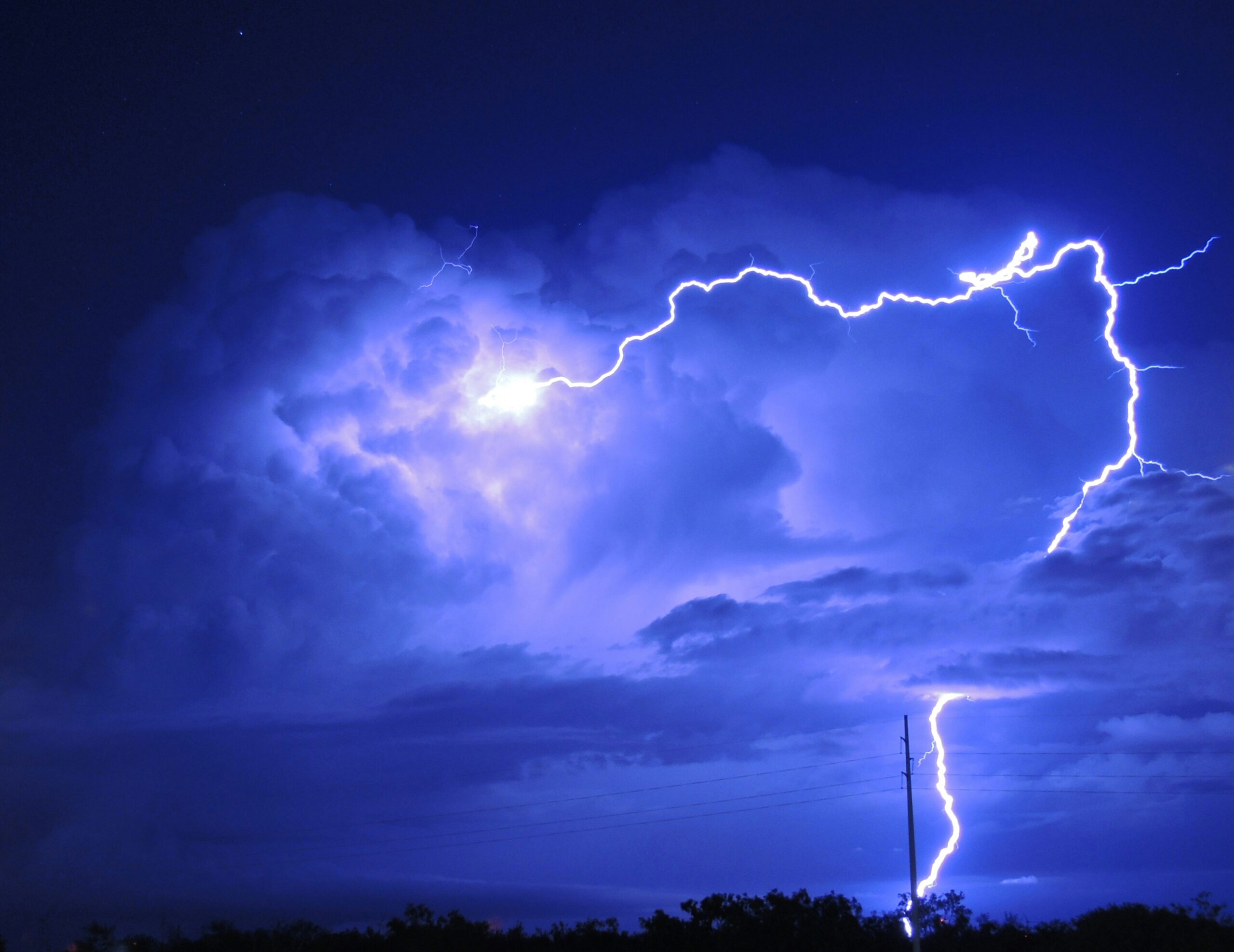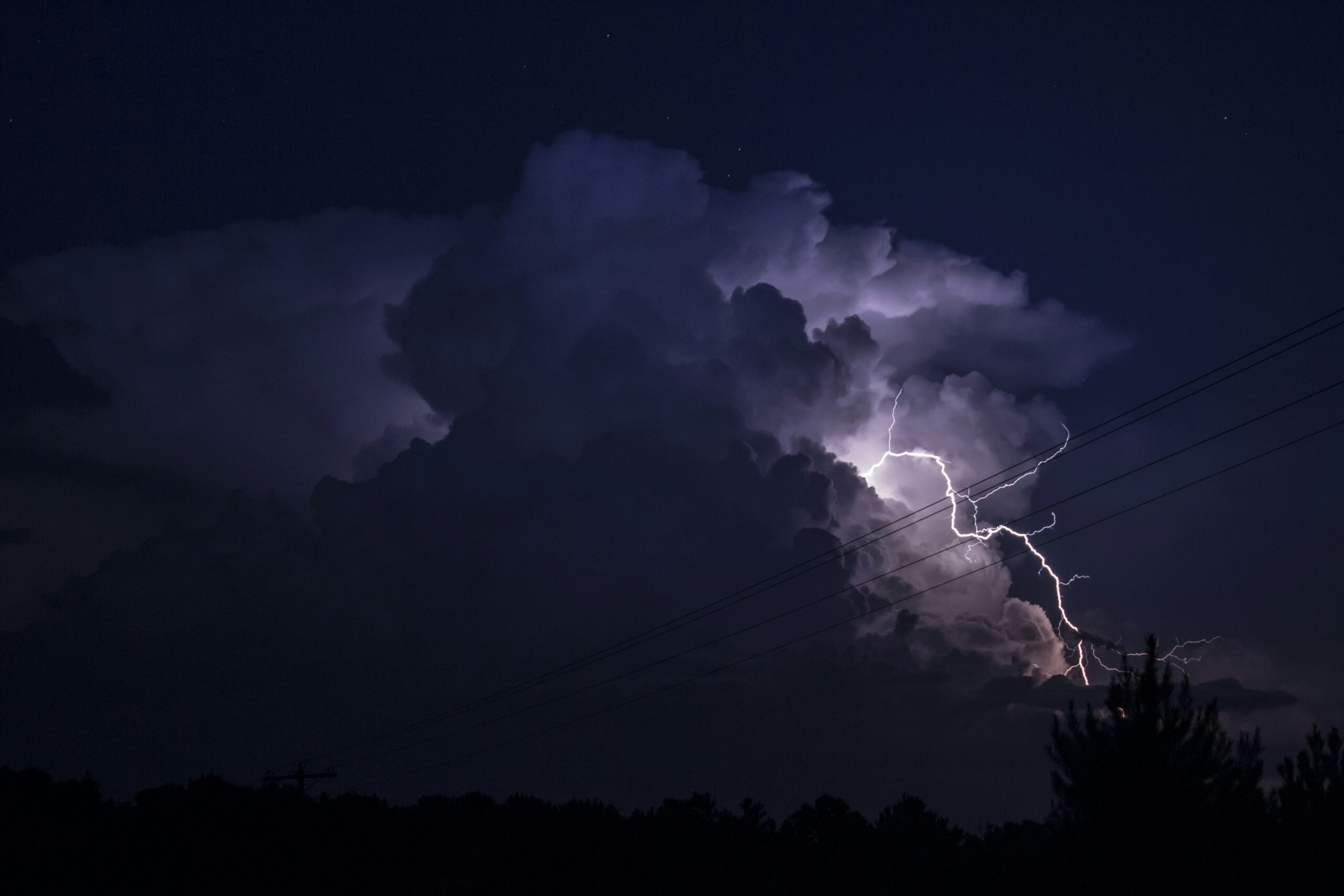Are you prepared for a tornado warning? It’s important to have a plan in place before disaster strikes. From creating an emergency kit to identifying a safe shelter, taking proactive steps can make all the difference when it comes to personal safety. In this article, we’ll explore some key tips and strategies to help you prepare for a tornado warning, ensuring that you and your loved ones are ready to handle whatever nature throws your way. So, let’s get started!

Understanding Tornado Alerts
Difference between tornado watch and tornado warning
When it comes to tornado alerts, it’s important to understand the difference between a tornado watch and a tornado warning. A tornado watch means that conditions are favorable for a tornado to form in the designated area. It is a signal to be prepared and stay vigilant. On the other hand, a tornado warning means that a tornado has been detected or is imminent. It is a call to take immediate action and seek shelter.
Interpreting weather forecasts
Interpreting weather forecasts is crucial in understanding the potential threat of a tornado. Pay attention to the weather updates provided by meteorologists and local authorities. Look for specific indicators such as atmospheric instability, strong wind shear, and the potential for thunderstorms. Understanding these forecasts will help you stay informed and make informed decisions regarding your safety.
Understanding tornado categories and their potential damage
Tornadoes are categorized based on the Enhanced Fujita Scale, which measures their intensity and potential damage. Category EF0 tornadoes are the weakest, causing minimal damage, while EF5 tornadoes are the strongest, capable of causing massive destruction. By familiarizing yourself with the different categories, you can assess the potential threat and take appropriate precautions to safeguard yourself and your property.
Pre-Planning Strategies
Educating family members about tornadoes
One of the first steps in tornado preparedness is to educate your family members about tornadoes. Teach them the signs of an impending tornado, such as dark rotating clouds, a loud roar similar to a freight train, or a sudden change in weather. Discuss the importance of taking tornado alerts seriously and ensure everyone knows what to do in case of a tornado warning.
Creating a tornado plan
Creating a tornado plan is crucial to ensure everyone in your household knows what to do when a tornado strikes. Designate a safe area in your home where everyone can take shelter, such as a basement or an interior room on the lowest level. Make sure everyone knows the evacuation procedures and establish a communication plan to stay connected during an emergency.
Identifying safe places in the home to take shelter
Identifying safe places in your home where you can take shelter during a tornado is essential. The ideal locations are basements or storm shelters, as they provide the best protection against tornadoes. If you don’t have access to a basement or storm shelter, choose an interior room on the lowest level of your home, away from windows. Avoid rooms with exterior walls, as they are more vulnerable to the impact of a tornado.
Emergency Kit Preparations
Essential items to include in an emergency kit
Preparing an emergency kit is essential to sustain yourself and your family during and after a tornado. Some essential items to include in your emergency kit are non-perishable food, water, a flashlight, extra batteries, a first aid kit, a battery-powered or hand-crank radio, blankets, personal hygiene items, and any necessary medications. It’s also a good idea to include a portable phone charger and a whistle for signaling for help.
Storing emergency kit
Store your emergency kit in a readily accessible location, known to all family members. Consider keeping it in a waterproof container or bag to protect it from water damage. Make sure it is easily grab-and-go, especially if you may need to evacuate quickly. Regularly check the contents of the emergency kit and replace expired items or those that have been used.
Regular updating of the emergency kit
It’s important to regularly update your emergency kit to ensure its contents are fresh and in working condition. Check the expiration dates of food, water, and medications, and replace them as needed. Rotate any perishable items and update your kit with any new additions, such as extra batteries or important documents. Being proactive in maintaining your emergency kit will ensure it is always ready for use during a tornado or any other emergency.
Preventive Measures around the House
Securing heavy furniture
During a tornado, heavy furniture can become airborne and pose a significant risk of injury. Prioritize securing heavy furniture such as bookshelves, cabinets, and large appliances to prevent them from toppling over. Anchor them to the wall using brackets or straps, ensuring they are stable and unable to fall during high winds.
Pruning trees and securing outdoor items
Maintaining your outdoor environment is vital in tornado preparedness. Regularly prune trees and remove any weak or dead branches that could potentially become hazardous during a tornado. Secure outdoor items, such as patio furniture, grills, and gardening tools, by bringing them indoors or using straps or chains to anchor them securely.
Appropriate storage of flammable items
Properly storing flammable items is crucial to mitigate the risk of fire during a tornado. Gasoline, propane tanks, and other flammable materials should be stored in well-ventilated areas away from potential ignition sources. Keep them in approved containers and ensure they are properly sealed to prevent leaks. By taking these precautions, you can reduce the likelihood of fire-related dangers during a tornado.

Insurance Coverage and Important Documents
Understanding your insurance coverage
Reviewing and understanding your insurance coverage is essential to ensure you are adequately protected in the event of tornado damage. Familiarize yourself with your homeowner’s insurance policy and ascertain what is covered under severe weather conditions. Consider adding additional coverage if necessary, such as flood insurance. It’s also a good idea to keep a record of your insurance policy and important contact information in a safe place.
Collating important documents
In the aftermath of a tornado, important documents such as identification papers, insurance policies, birth certificates, and financial records may be damaged or lost. To safeguard yourself, collate these documents and keep them in a secure and easily accessible location. Consider making digital copies and storing them in the cloud or on a portable hard drive for added protection.
Securing documents physically and digitally
To ensure the safety of your important documents, both physical and digital security measures should be implemented. Store physical copies in a fireproof and waterproof safe or lockbox. Keep the safe in an area of your home that is less likely to be impacted by a tornado, such as the basement. For digital copies, utilize password-protected cloud storage or encrypted external hard drives. Regularly back up your digital files to avoid any potential data loss.
Preparing Your Pets for a Tornado
Pet safety during a tornado
Your pets are cherished members of your family, and their safety should be a priority during a tornado. Designate a safe area in your home where your pets can take shelter with you, and ensure it is easily accessible to them. Keep your pets’ identification tags and microchip information updated, as they may become scared or disoriented during a tornado. If you evacuate, make sure your pets are wearing collars with identification tags and are secured in carriers or on leashes.
Pet supplies for the emergency kit
Include essential pet supplies in your emergency kit to ensure your pets’ well-being during and after a tornado. Pack enough food and water for at least a few days, along with bowls, medications, and any necessary pet supplies, such as litter and waste bags. Place comfort items, like blankets and toys, in the kit to reduce your pets’ stress during an emergency situation.
Evacuation procedures for pets
In the event of an evacuation, it’s important to have a well-thought-out plan for your pets. Research pet-friendly evacuation shelters or hotels in advance and keep their contact information readily available. Pack a separate bag for your pets that includes their food, water, medications, and comfort items. Ensure all pets are properly restrained with leashes or carriers to prevent them from running away in unfamiliar environments.

Vehicle Preparation and Safety
Keeping the gas tank full
Maintaining a full gas tank in your vehicle is crucial during tornado season. Tornadoes can cause power outages and disrupt fuel availability, so it’s important to be prepared. Keeping your gas tank above half-full at all times will allow you to quickly evacuate if necessary and ensure you have fuel for emergencies or extended periods of power outage.
Creating a vehicle emergency kit
In addition to your home emergency kit, it’s essential to have a vehicle emergency kit ready in case you need to evacuate during a tornado warning. Include items such as a first aid kit, a flashlight with extra batteries, blankets, non-perishable snacks, water, a portable phone charger, and a basic toolkit. Additionally, consider packing a windshield hammer or seatbelt cutter in case you encounter any immediate danger on the road.
Understanding vehicle safety during a tornado
If you find yourself in a vehicle during a tornado warning, there are a few safety precautions you should take. Stay tuned to local radio stations for weather updates and possible changes in tornado trajectory. Never try to outrun a tornado in your vehicle. Instead, find a sturdy shelter or low-lying area away from traffic, such as a ditch or culvert. Stay in your vehicle with your seatbelt on and cover yourself with blankets or coats to protect against flying debris.
Community Resources and Support
Identifying local emergency shelters
Familiarize yourself with the location of local emergency shelters in your community. These shelters provide a safe haven during tornado emergencies. Contact your local emergency management office or visit their website to obtain a list of designated shelters. Keep this information handy and share it with your neighbors. Support each other in times of need and ensure that everyone is aware of the available resources in your community.
Joining local storm warning systems
Stay connected with your local storm warning systems to receive timely updates and alerts regarding tornadoes. Sign up for text alerts, download relevant weather apps, or invest in a weather radio to receive accurate and up-to-date information. By staying informed, you can take necessary precautions and make informed decisions to keep yourself and your community safe.
Supporting and communicating with neighbors
During a tornado emergency, it’s important to support and communicate with your neighbors. Check on your neighbors, particularly those who may need extra assistance, such as the elderly or those with disabilities. Establish a neighborhood communication system, such as a phone tree or social media group, to keep each other informed and offer assistance if needed. By working together, you can create a strong and supportive community during challenging times.
Dealing With a Tornado Warning
Actions to take at the onset of a warning
When a tornado warning is issued, immediate action is crucial. If you are at home, seek shelter in your designated safe area. If you are outside, move to a sturdy building or find a low-lying area away from debris. If you are in a vehicle, abandon it and seek shelter in a sturdy structure or a low-lying area. Stay tuned to weather updates and follow the guidance of local authorities for further instructions.
Safe behavior during the tornado
During a tornado, it’s important to prioritize safety above all else. Stay in your designated safe area until the tornado has passed and it is safe to emerge. Cover yourself with a mattress or heavy blankets to protect against flying debris. Avoid opening windows, as it can increase the risk of injury from broken glass. Stay low to the ground and cover your head to minimize the risk of head injuries.
Recognizing symptoms of shock and trauma
Experiencing a tornado can be an incredibly traumatic event, and it is important to recognize the signs of shock and trauma in yourself and others. Symptoms may include confusion, disorientation, difficulty sleeping, nightmares, or increased anxiety. Reach out to loved ones and seek support from professionals if needed. Remember, it is normal to experience a range of emotions after a traumatic event, and seeking help is a sign of strength.
Post-Tornado Action Steps
Inspecting environmental and structural damage post-tornado
After a tornado has passed, conduct a thorough inspection of your home and property for any environmental or structural damage. Look for any downed power lines, gas leaks, or potential hazards. Be cautious of loose or dangling wires, broken glass, and unstable structures. If you notice any significant damage, contact the relevant authorities or professionals for assistance.
Communicating with insurance companies
If your property has been damaged by a tornado, it is important to communicate with your insurance company as soon as possible. Document the damage by taking photographs or videos, and provide them with a detailed account of the situation. Follow their instructions regarding filing claims and obtaining necessary repairs. Keep a record of all communications and receipts for any expenses incurred.
Recovering and rebuilding after a tornado
Recovering and rebuilding after a tornado can be an arduous process, but with time and support, you can restore your life and your property. Reach out to local aid organizations or disaster relief agencies for assistance. Take small steps towards recovery, focusing on one task at a time. Lean on your support system, rely on your resilience, and remember that you are not alone in this process.
In conclusion, being prepared for a tornado and understanding the necessary steps to take can make a significant difference in ensuring your safety and the safety of your loved ones. By understanding tornado alerts, creating a tornado plan, preparing emergency kits, taking preventive measures, securing important documents, and being aware of community resources, you will be better equipped to face a tornado warning. Remember to stay informed, stay connected with your community, and remain resilient during the recovery process. With proper planning and preparation, you can minimize the impact of a tornado and rebuild stronger in its aftermath. Stay safe!

